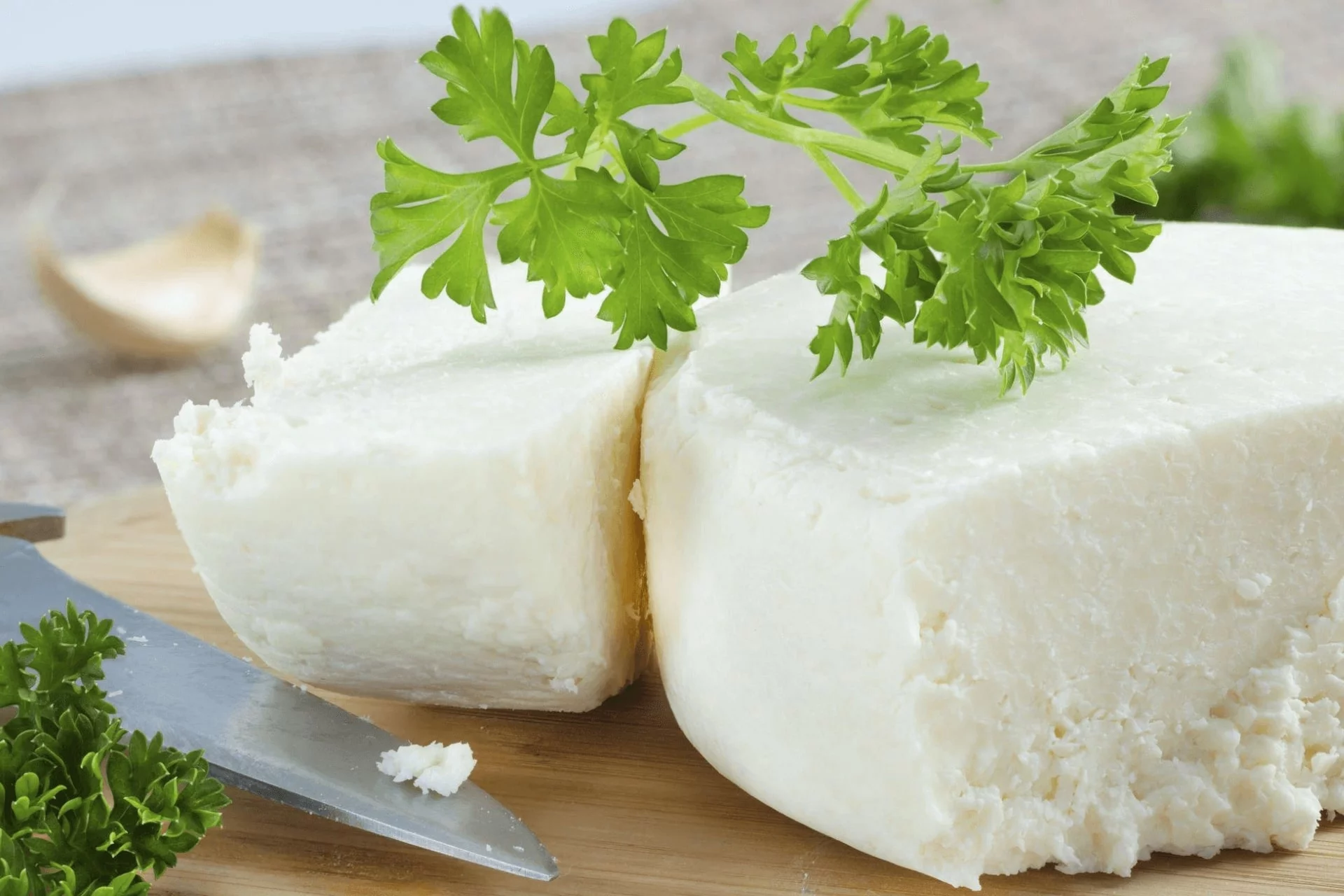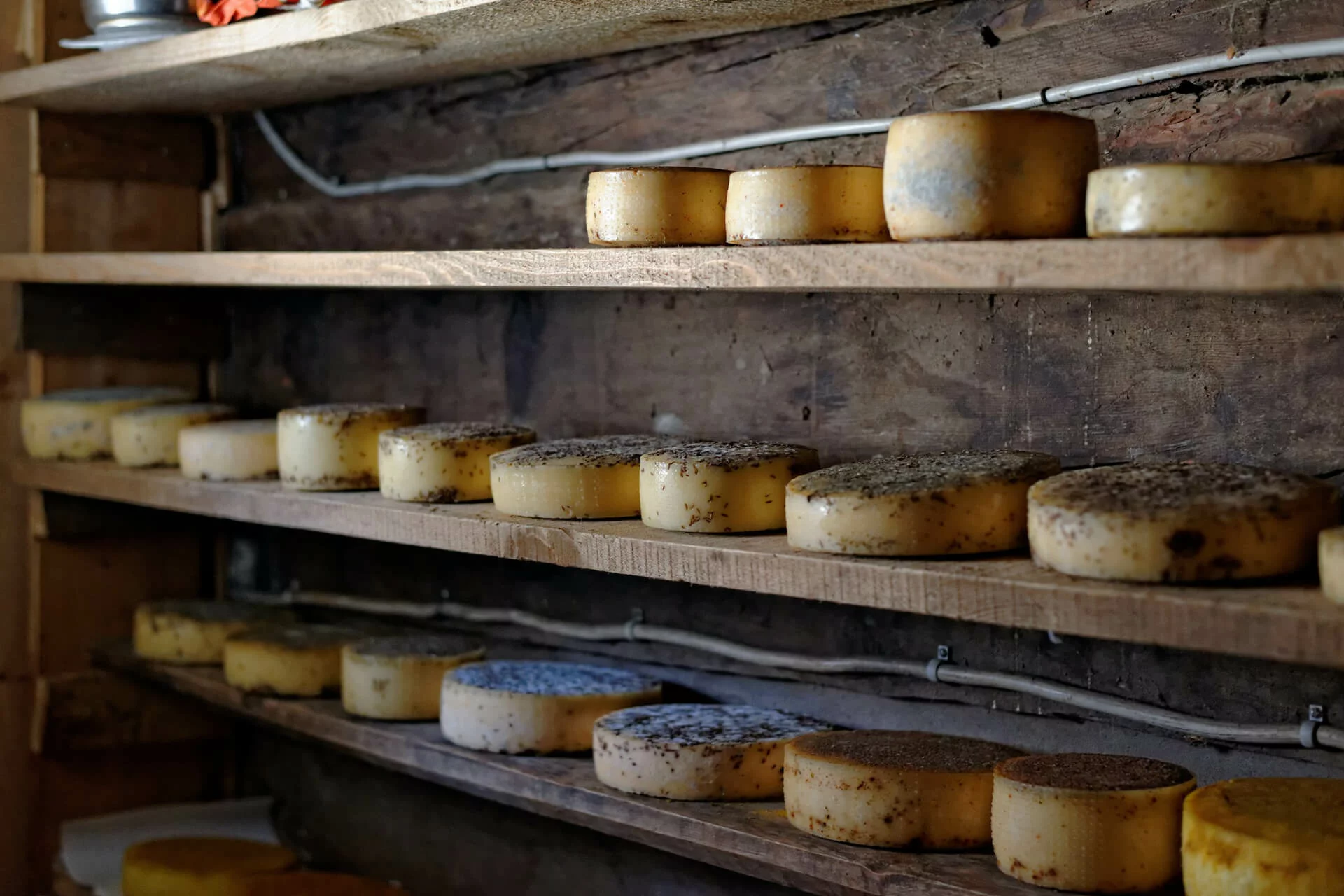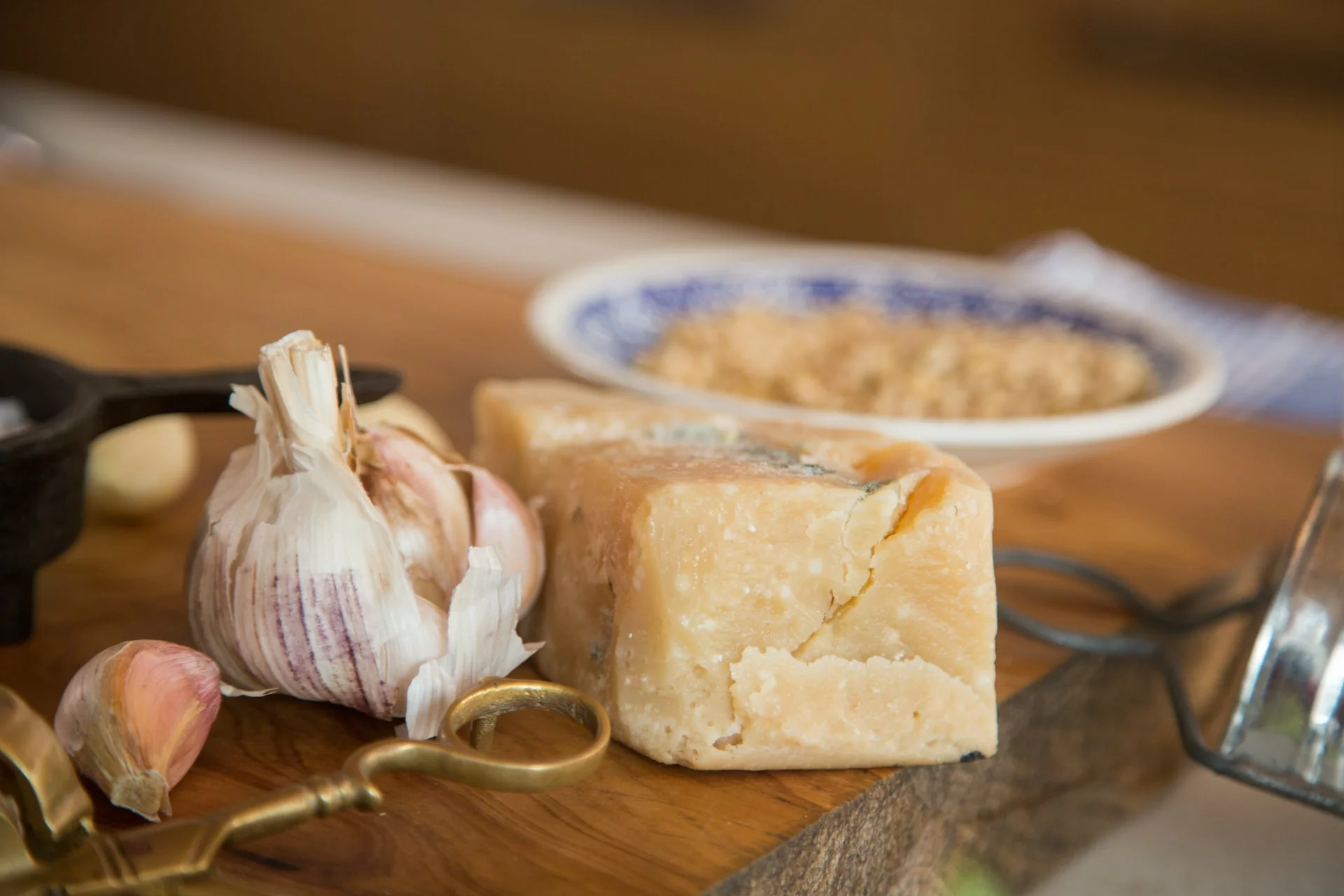Cheese is always a welcome and wonderful addition to any type of food. And with the variety of cheeses available, it’s possible to have them on just about anything, from savory mains to appetizers and desserts. But what is Cotija cheese?
While melty, stretchy cheese is always delicious, there’s also a place for good crumbly cheese, such as Cotija. Here, we’ll talk about everything you need to know about Cotija, including its origin, how you can use it, and some possible substitutes in case you don’t have it on hand.
What is Cotija Cheese?
Cotija is a type of cheese that comes from Mexico. It is made from cow’s milk, is salty in flavor, and crumbly in texture. This cheese was named after the town of Cotija, found in the state of Michoacan.
There are two types of Cotija cheese: fresh and aged. Both types are salty in flavor, but the fresh version is softer while the aged version is much harder, very similar to parmesan cheese.
Origin and History of Cotija Cheese
Cotija cheese has been around for several hundred years. It has been produced in the Sierra Jalmich region (including the municipality of Cotija in the Michoacan state) for about 400 years by nomadic communities that cultivated corn on small plots of land. The mild climate and seasonal rains contributed to the specific flavor and texture of this cheese.
Cheese-making was introduced to the region through Spanish influence in the 16th century, together with breeding cattle, sheep, and goats. In the many years that followed, the production of Cotija cheese was maintained by small producers based on family networks.
Much of the milk production done today is still accomplished manually by ranchers. Cheesemakers breed mostly Holstein cows, which are known as the world’s highest-producing dairy animals.
Cotija Cheese Nutrition
Since every variety is different, it’s normal to wonder if cheese is good for you. For every 28-gram serving of Cotija cheese, you can expect the following nutritional content [*]:
- Calories: 99
- Fat: 8.3 grams
- Protein: 5.5 grams
- Carbohydrates: 1.1 grams
Given that this particular cheese is a bit higher in fat and sodium, it’s best enjoyed in smaller amounts unless you’re on a low-carb diet. Knowing when to eat cheese and how much can even help you with weight management as some types of cheese can benefit weight loss.
What Does Cotija Cheese Taste Like?
Cotija has a bold, tangy, and salty flavor with a very crumbly texture. Of the two types of Cotija cheese, the fresh variant is more similar in flavor profile to mild feta. Aged Cotija tastes more like other aged cheeses, such as parmesan.
Crumbled Cotija cheese is usually younger and can add a distinct flavor to a dish, while grated Cotija is made from cheese that has been aged longer. This cheese is not creamy but has a heartier and fluffier texture with a bit of chew.
Substitutes for Cotija Cheese
The Cotija cheese substitute you will use depends on whether you are replacing the fresh cheese versus the aged type.
If you intend to use something else in place of the softer, fresher Cotija cheese, then Feta can work well since it is also soft and salty. Feta cheese is also easily accessible in many grocery stores. Another option would be to use Mexican Queso Fresco, which also crumbles well. This cheese has a more acidic flavor.
For those who want to find a replacement for Cotija cheese that is aged, then it is best to try Parmesan or Romano cheese. Both are pungent, salty, and easily found in grocery stores.
Some people also prefer to replace Cotija with Ricotta Salata cheese, which is fresh Ricotta that has been salted, pressed, and aged. It is harder, less creamy, and saltier than fresh Ricotta. Do keep in mind that Ricotta Salata is less salty than Cotija, so you may have to adjust the saltiness of your recipe by other means.
What is Cotija Cheese Used for?
One of the unique characteristics of Cotija cheese is that it doesn’t melt. This makes it great for finishing Mexican dishes and plates from other cuisines. For instance, it is often sprinkled over beans, tacos, enchiladas, tostadas, and elotes (grilled corn) to enhance these flavors.
Cotija Cheese vs. Queso Fresco
Cotija cheese is often compared to Queso Fresco, but there are distinct differences between the two. Queso Fresco has a subtler tang and milder flavor that is similar to Mozzarella, making it suitable for salads and other light dishes. Cotija, on the other hand, has a sharper and saltier taste that goes well with other bold flavors.
Queso Fresco is also softer and moister than Cotija, which is much drier and firmer. However, they have a similar light and milky taste, so if you don’t have Cotija on hand, you can still reach for Queso Fresco!
How to Store Cotija Cheese
Cotija cheese should be stored in an airtight container in the refrigerator until it is ready to use. You may also put it in a resealable bag, making sure to push as much air out as possible to preserve the cheese’s freshness. Cotija also comes in pre-grated packages that have resealable openings.
FAQ
Although we’ve covered most of the basics of Cotija cheese, there are still many questions that are often asked about it. Here are some FAQs that will help you learn more about this cheese:
How long does Cotija cheese last?
If stored properly, fresh Cotija cheese should last around a month in the fridge. Aged Cotija will last longer, around three months at most. However, if the cheese grows mold or develops an off-smell, discard it immediately.
Here are some tips on how to tell if cheese is bad so you know whether to keep your Cotija or throw it away!
Is Cotija cheese similar to Parmesan cheese?
Yes, these two cheeses are similar, making Parmesan a wonderful alternative for Cotija. Both are prepared from raw cows’ milk, are salty in flavor, and have a crumbly and hard texture.
Why doesn’t Cotija cheese melt?
Since Cotija cheese lacks the moisture content of other softer cheeses, it does not melt. It is better suited for crumbling over dishes rather than foods that require melting cheese.
The Bottom Line
Cotija cheese is a flavorful and beautifully textured cheese that adds a kick to any dish. You can use it as a finishing touch to your favorite Mexican dishes or try it with other foods to come up with unique combinations.
And if there’s no Cotija, you can easily find substitutes that will work. If you’re a fan of salty cheese snacks, then try Käze Cheddar Cheese Bites for a little afternoon deliciousness!




